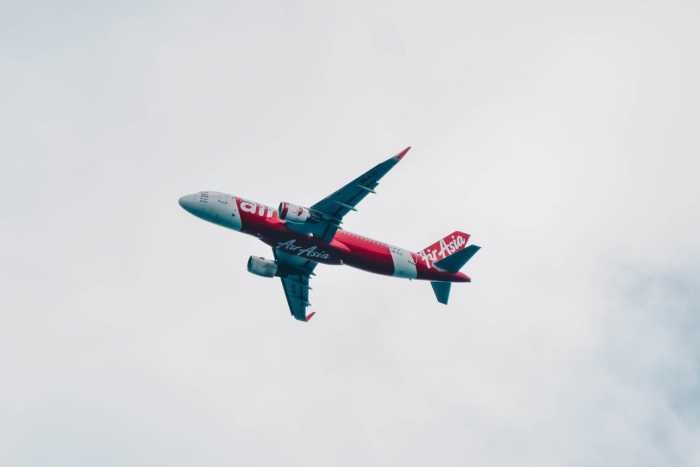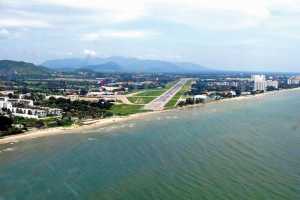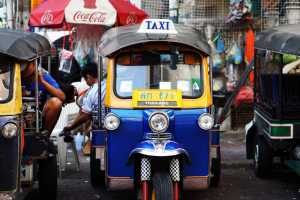
What Is Code Sharing?
26th Oct 2010

Many people travelling by air today sometimes find themselves travelling on a different aircraft from what they originally thought they were going to travel' this is called code sharing.
As it can often cause confusion, even anger when a passenger finds themselves on an airline that they consider inferior to the one they thought they had booked on, it is worth explaining a bit about code sharing to clarify any confusion.
Code sharing originated in 1990 when Qantas Airways of Australia and American Airlines combined their services between a number of US and Australian cities. This preceded the formation of airline alliances, which also use code sharing in a very comprehensive way.
The first alliance, was Star Alliance in 1997 (of which Thai Airways International was one of five founding members and the only one from Asia) followed by oneworld (of which Qantas and American Airways are members) and Skyteam, led by KLM-Air France.
Most airlines have code sharing agreements with other airlines. The term 'code' is the identifier used in the flight schedule. Generally the two character International Air Transport Association (IATA) airline designator code and flight number.
For example, Flight XX123 operated by the airline XX, might also be sold by airline YY as YY456 and by ZZ as ZZ9876.
Under a code sharing agreement participating airlines can present a common flight number for several reasons, including:
- Connecting flights - This provides clearer routing for the customer, allowing a customer to book travel from point A to C through point B under one carrier's code, instead of a customer booking from point A to B under one code, and from point B to C under another code.
- Flights from both airlines that fly the same route - This provides an apparent increase in the frequency of service on the route by one airline
- Perceived service to unserved markets - This provides a method for carriers who do not operate their own aircraft on a given route to gain exposure in the market through display of their flight numbers.
Under a code sharing agreement, the airline that actually operates the flight (the olne providing the plane, the crew and ground handling services) is called the operating carrier and the airline or company that sells tickets for that flight but do not actually operate are called marketing carriers.
Most people and travel agents prefer flights which provide a direct connect and code sharing gives this impression. It can be annoying for passengers as the Global Distribution Systems (Sabre, Amadeus, Galileo and Worldspan) often do not discriminate between direct flights and code sharing flights.









